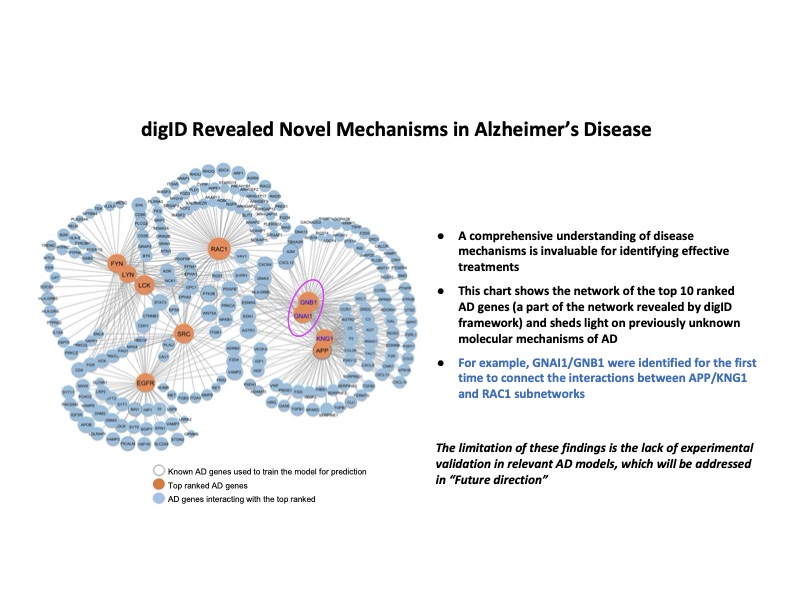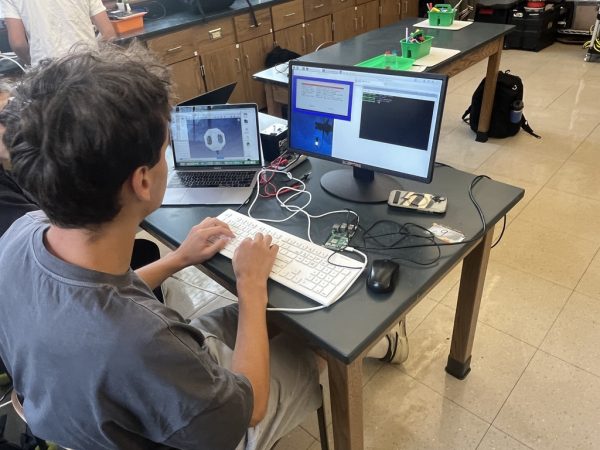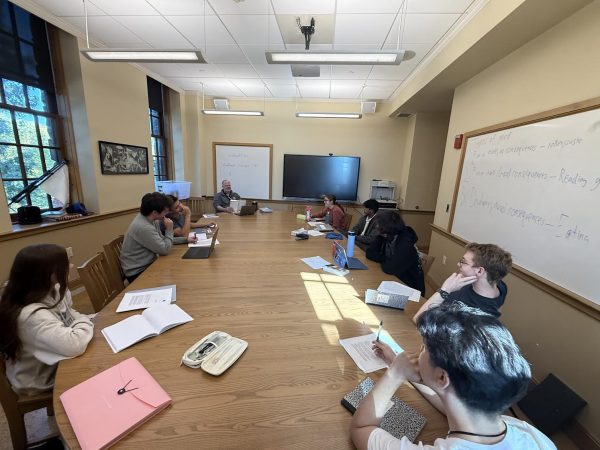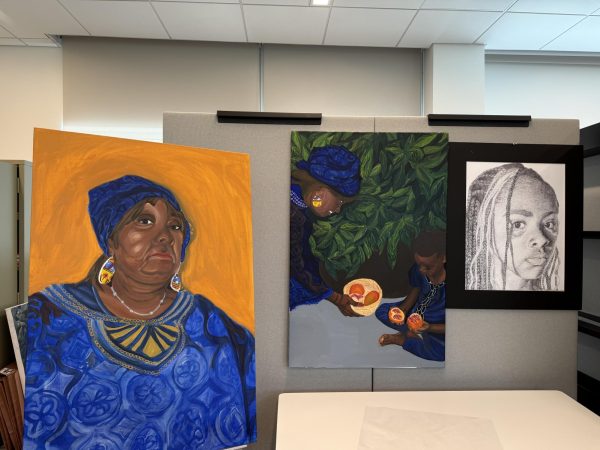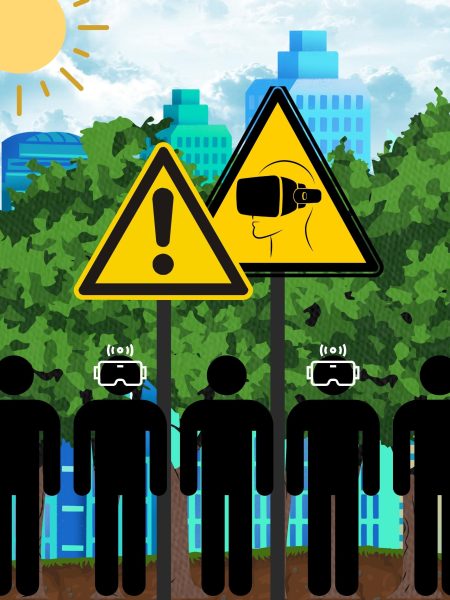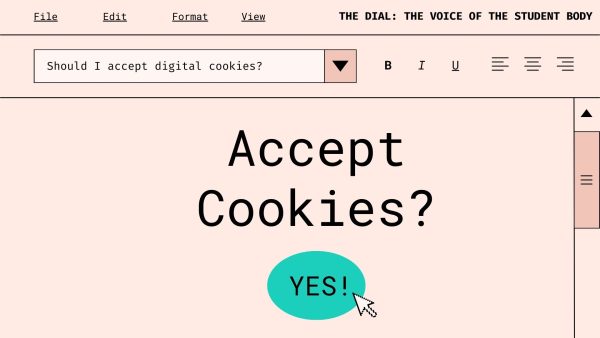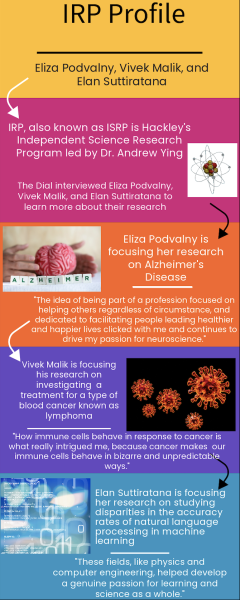IRP Students Present Resarch at the JSHS Competition
Alzheimer’s disease (AD) is devastating and incredibly common in aging populations. This fact is what drew senior Daniel Zhang into science research. Through the Independent Science Research Program (ISRP), he had a chance to be a part of changing this unfortunate reality for many. His project focused on “using a computational approach to identify AD drug targets because there are currently no effective treatments”. Daniel designed a computational framework by himself, with advice from his research mentor, a university professor, along the way.
The Junior Science and Humanities Symposium, more commonly known as JSHS, is a science competition that takes place every year. Due to Covid, JSHS has been virtual for the past two years. This particular competition is only open to 12th-grade students in science research, so the seniors in ISRP present projects that they have been working on for the past two years at this competition.
Several seniors, Joey Nadol, Daniel Cai, and Dionne Chen, were also able to present their findings and hard work at a science competition on February 5, 2022.
There are several requirements that each student must meet in order to participate in JSHS. Students are to present original research, meaning that analysis done by a mentor and meta-analysis are prohibited; summation of a published research paper is also not allowed. Students also need to write a science research paper describing their methods and findings of their project. These research papers are read and evaluated by judges. Based on this evaluation, a student will either be selected to participate in the local sector of the competition or the regional.
Alongside the research paper, students have to create a comprehensive presentation for the live presentation section of the competition. Each student gets 12 minutes to present their research with 5-6 minutes of questions from judges afterward. This can be difficult as months of research need to be condensed into mere minutes.
The virtual format proved to be frustrating for some of the competitors. “I don’t think they had enough time nor experience to make sure that the event ran smoothly online. The virtual format caused a lot of technical troubles and some of the projects and judges were, in my own opinion, a little misaligned for their science rooms” said Daniel Cai.
Daniel Cai’s project explored the optimization of a way to look for a particle known as the Higgs boson. Joey Nadol’s work revolved around improving the detection of exoplanets; he placed 1st in his Physical Sciences room in the local category. Daniel Zhang’s work focused on creating a machine learning framework to identify candidate drug targets for Alzheimer’s; he placed 2nd in the Computational Biology room in the regional category. Dionne Chen’s work focused on understanding relationships between behavioral inhibition in infants and shyness and social anxiety disorder in toddlers, and she placed 3rd in her category for the regional sector. “Thought treatments are available to treat social anxiety, an often chronic and impairing disorder, they’re inaccessible to many. Moreover, the added stigma leaves children to be unsupported in many cases. My project focuses on looking for markers and risk factors for this disorder to identify it as early as possible.” said Dionne.
Daniel Zhang and Dionne Chen will move on to the next round, where they will compete in Albany. Upon performing well in the Albany competition, students will move up to compete at a national level.
If students are interested in being a part of the ISRP program, applications will open up sometime in March. Students from the program this year will be presenting to 9th Graders, during community time, on the 4th of March so that students can get a feel for what being in the program is like and what a research topic looks like.

